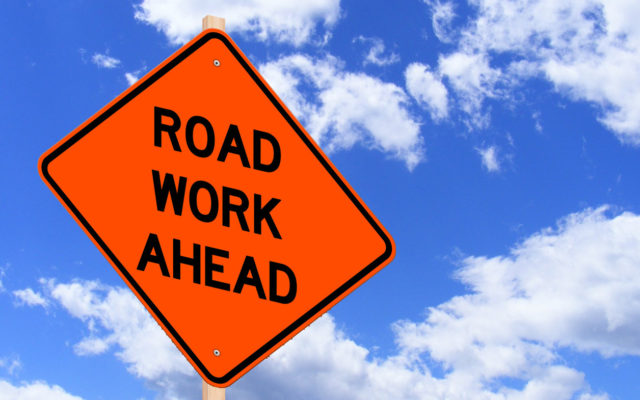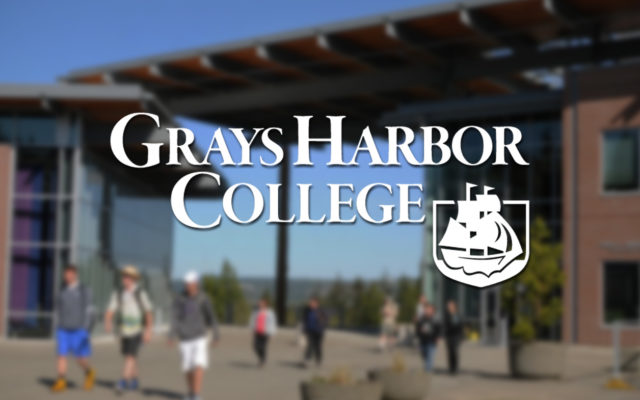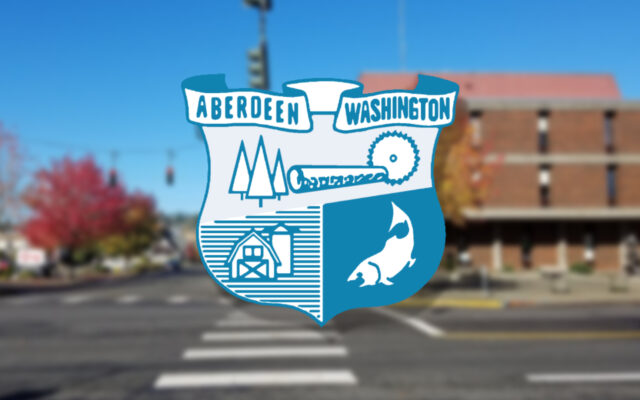Road work throughout the Olympic Peninsula underway or starting soon

Travelers headed to Ocean Shores, Lake Cushman, Mount Rainier National Park, and other popular summer destinations will want to plan for additional travel delays this year.
Construction crews working for the Washington State Department of Transportation will resurface several state highways around the Olympic Peninsula and the region.
Work has already begun on a number of roadways, and drivers can anticipate work on some projects to continue into early fall.
Locally, drivers can see work on SR 115 between Ocean Shores and SR 109, as well as work throughout the Olympic Peninsula in Jefferson, Clallam, and Mason counties.
What travelers can expect
The speed limit will be lowered. Traffic will be reduced to one lane at times with flaggers or pilot cars alternating traffic in each direction through the following work zones:
Grays Harbor County
- 2 miles of SR 115 between Ocean Shores and SR 109 (milepost 2.2).
Clallam County
- 9 miles of SR 113 generally between US 101 and SR 112 (milepost 0.01 to 9.9).
- 9 miles of US 101 generally between Wisen Creek Road and Sol Duc Hot Springs Road (milepost 210.4 to 219.6).
- US 101 where crews will replace expansion joints on both Sol Duc River Bridges.
Jefferson County
- 6 miles of SR 116 generally between Indian Island Ferry Road and Fort Flagler Historical State Park (milepost 3.7 to 9.8)
- 17 miles of US 101 generally between Kalaloch Campground and Hoh River Bridge (milepost 159.4 to 176.6).
Mason County
- 20 miles of SR 106 generally between US 101 and SR 3 (milepost 0.01 to 19.9)
- 4 miles of SR 119 (Lake Cushman Road) generally between North Lookout Place to Staircase Road (milepost 6 to 10.9)
Pierce County
- 13.6 miles of SR 706 generally between SR 7 and Mount Rainier National Park (milepost 0.01 to 13.6)
Why do construction during the busy summer travel season?
The Pacific Northwest has a very short window for essential road repairs. This level of resurfacing work to repair and preserve highways requires dry and warm weather. It cannot be done during the region’s cool rainy season. The work requires daylight hours.
The work is managed under two separate construction contracts.
Travelers can get advance information about the work via the WSDOT app and real-time travel map.
You Might Also Like



